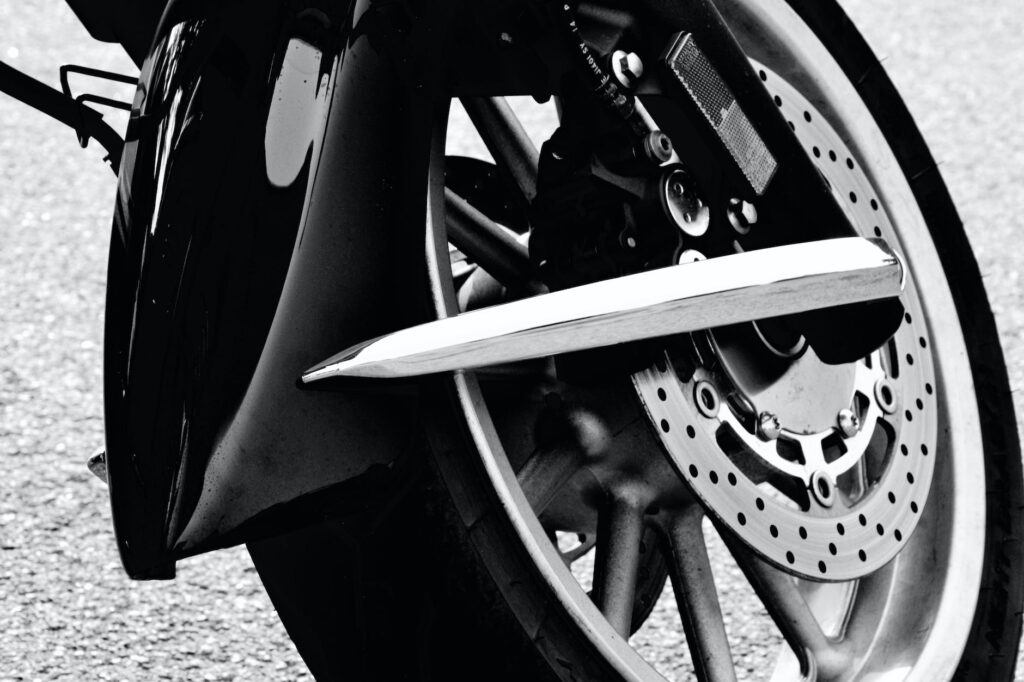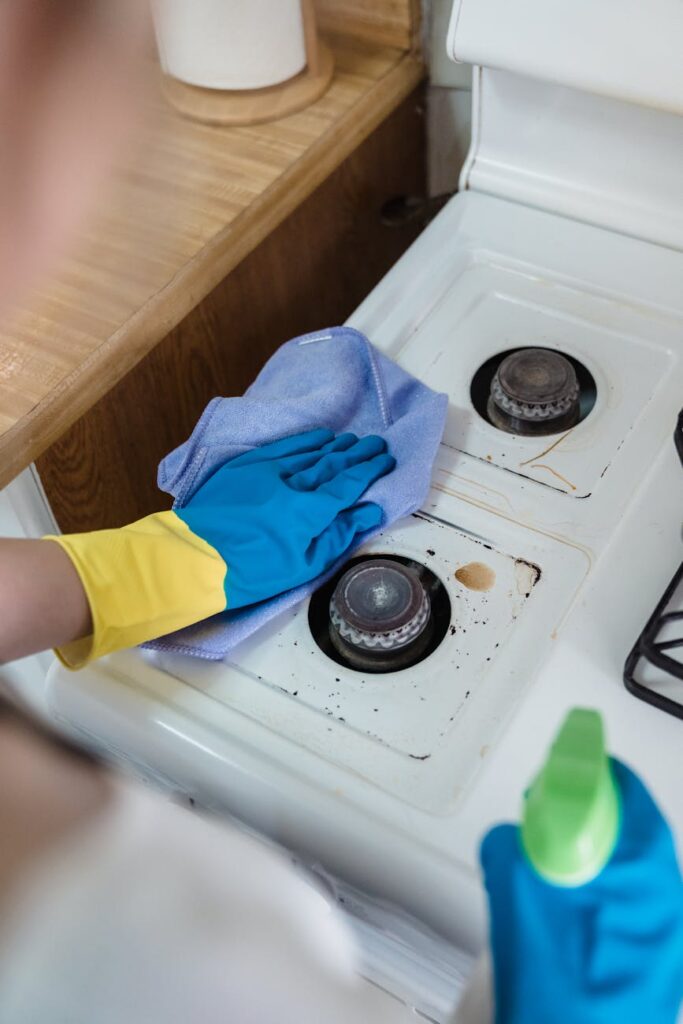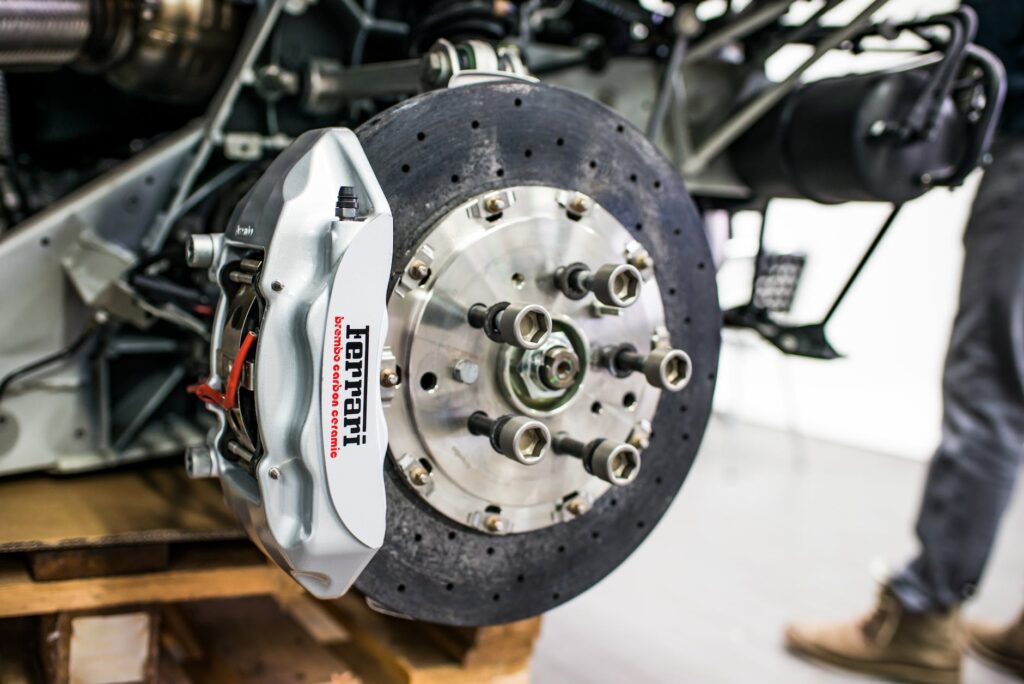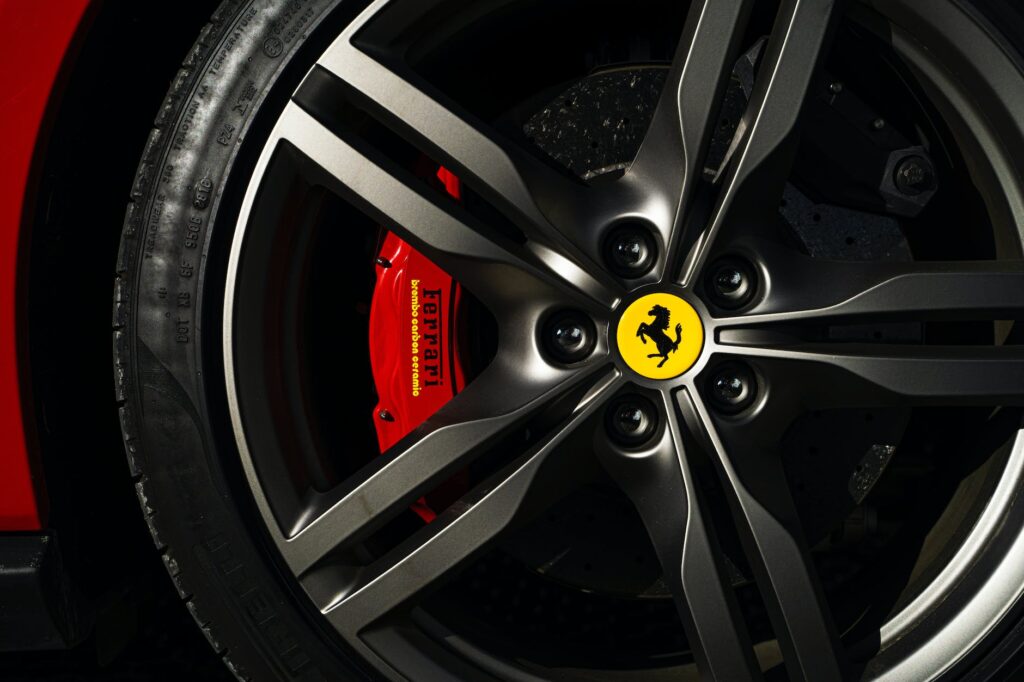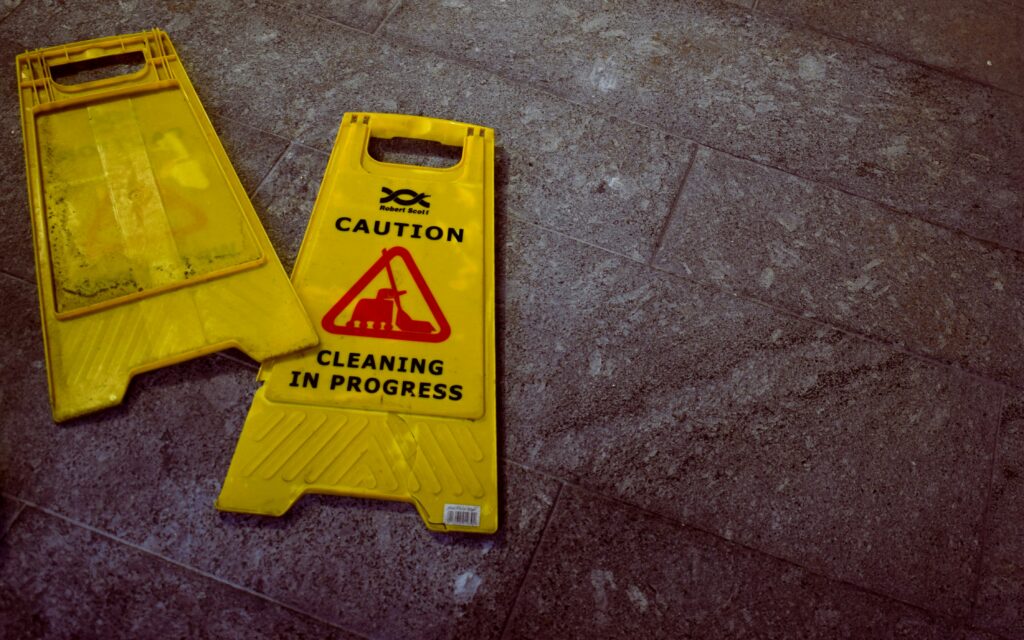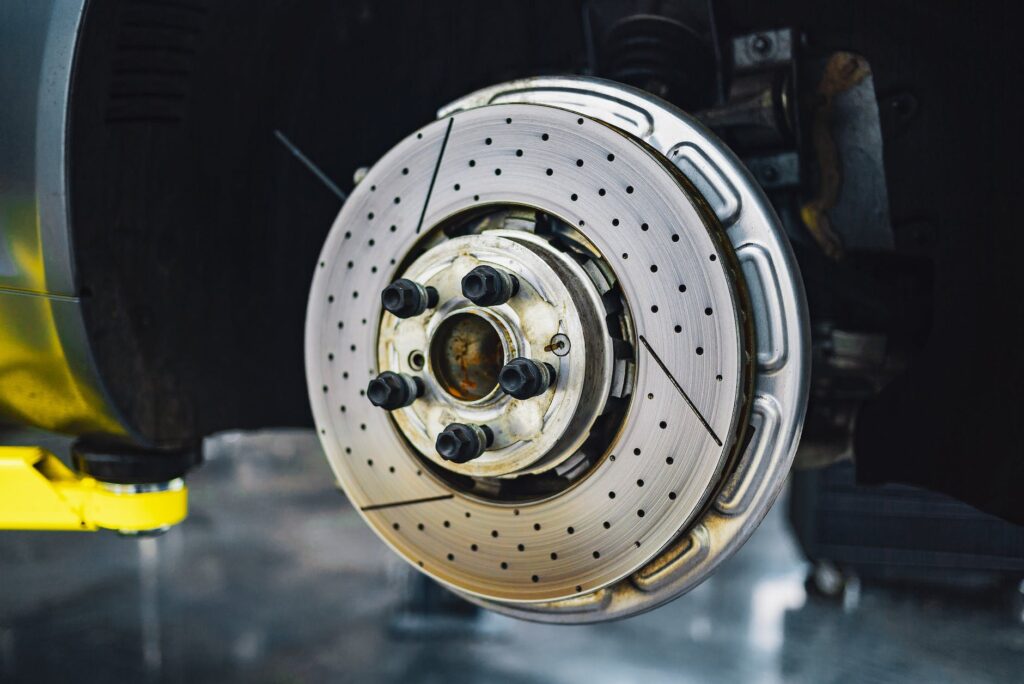Contents
Understanding Squeaky Brakes on a Bike
When you hear squeaky brakes on your bike, it’s important to understand the causes behind this common issue. By identifying the root of the problem, you can take appropriate measures to address it and enjoy a quieter and more efficient riding experience.
Causes of Squeaky Brakes
There are several factors that can contribute to squeaky brakes on a bike. Here are some common causes to be aware of:
Contamination: Dirt, debris, or residue on the braking surfaces can create friction and result in squeaking noises. Contaminants can accumulate on the brake pads and the rims or rotors, compromising their performance and causing noise. Cleaning the brake pads and rims with isopropyl alcohol or water and a scouring pad can help remove any dirt or grit causing the squeaking noise.
Alignment Issues: Improper alignment of the brake pads can lead to squeaky brakes. If the pads are not hitting the rim or rotor properly, it can result in uneven contact and create noise. Adjusting the brake pads to ensure proper alignment and toe-in can reduce the occurrence of squeaking.
Glazed Brake Pads: Over time, brake pads can become glazed, meaning they develop a smooth surface that reduces their friction and grip. This glazing can result from repeated hard braking or riding the brakes downhill. Sanding or roughening the brake pads can help restore their effectiveness and eliminate squeaky brakes (Performance Toyota Store, Cycleplan).
Wear and Tear: As brake pads wear down, they can emit a high-pitched squealing noise. Brake pads are designed with metal indicators that make noise when they approach their minimum thickness. If the noise persists even with sufficient pad thickness, it’s essential to replace the brake pads to avoid further damage.
Common Issues with Squeaky Brakes
In addition to the causes mentioned above, there are a few other factors that can contribute to squeaky brakes on a bike:
Mechanical Issues: Loose caliper bolts, worn brake pads, or mechanical problems with the braking system can result in noise. Ensuring that the brake caliper bolts are tightened to the correct torque specification can help eliminate vibrations and noise while riding (BikeRadar). Checking for any contamination on the braking system components, such as oil, grease, or other substances, is also important in resolving noise issues (BikeRadar).
Brake Pad Material: Different types of brake pads, such as metallic pads, can contribute to brake squealing. Opting for pads with less metal content or considering ceramic brake pads, known for their quiet and long-lasting performance, can help reduce noise levels while ensuring efficient braking (NuBrakes).
Understanding the causes and common issues associated with squeaky brakes is the first step towards finding a solution. In the following sections, we will explore various DIY solutions and preventive measures to help you quiet your bike brakes and maintain optimal performance.
DIY Solutions for Squeaky Brakes
If you’re tired of the annoying squeaks coming from your bike brakes, there are several DIY solutions you can try to quiet them down. These methods can help address common issues that cause brake squeaking. Let’s explore some effective solutions:
Cleaning the Brake Pads and Rims
One way to stop squeaky brakes on a bike is to clean the brake pads and rims. Residue and contamination on these surfaces can contribute to the noise. To clean them, use isopropyl alcohol and a clean cloth or cotton swab. Apply the alcohol to the pad and rim, rubbing gently to remove any buildup or dirt. Avoid touching the cleaned surfaces to prevent recontamination. Regular cleaning can help maintain optimal performance and minimize squeaking.
Adjusting the Brake Pads
Proper adjustment of the brake pads is critical in eliminating squeaky brakes on a bike. Misalignment or improper toe-in of the brake pads can lead to noise. Ensure that the brake pads are aligned properly and hit the rim squarely. Adjusting the toe-in involves making sure the front of each pad strikes the rim before the rear. This can help reduce vibrations and minimize squeaking. If you’re unsure about how to adjust the brake pads, consider seeking guidance from a professional or referring to online resources (road.cc).
Sanding the Brake Pads
Sanding the brake pads can be an effective method to eliminate squeaky brakes on a bike. Over time, brake pads can develop glazing or contamination that causes noise. Lightly sanding the brake pads with fine-grained sandpaper can remove the glazing and provide a fresh surface for optimal braking performance. Make sure to sand them evenly and avoid excessive sanding, as it can reduce the lifespan of the brake pads (road.cc).
Lubricating the Brake Calipers
Lubricating the brake calipers with copper grease can help minimize squeaky brakes on a bike. Apply a small amount of copper grease to the back of the brake pads, where they come into contact with the caliper. This can reduce vibrations that lead to squeaking. Be cautious not to get grease on the braking surface of the pads or the rotor, as it can affect braking performance. Copper grease is specifically designed for high-temperature applications and can withstand the heat generated during braking (road.cc).
Using Brake Squeal Eliminators
If the above DIY solutions don’t solve the issue, you can try using brake squeal eliminators. These products, such as Cane Creek’s eeSilk, are designed to dampen vibrations and reduce noise from bike brakes. Follow the manufacturer’s instructions for application, typically by applying the eliminator to the back of the brake pads. Brake squeal eliminators can provide an effective solution to persistent squeaky brake issues.
It’s important to note that while these DIY solutions can be effective, they may not completely eliminate all instances of brake squeaking. If you’ve tried these methods and the problem persists or worsens, it may be necessary to seek professional help. Additionally, regular inspection and maintenance of your bike’s braking system can help prevent squeaking noises and ensure optimal performance (REI).
When to Seek Professional Help
While many squeaky brake issues can be resolved through simple DIY solutions, there are instances where it is advisable to seek professional help. This is especially true when there are signs of severe brake wear or damage that require expert attention.
Signs of Severe Brake Wear or Damage
Excessive Brake Pad Wear: If you notice that your brake pads have worn down significantly and are close to or below the manufacturer’s recommended thickness, it is essential to have them inspected and replaced. Continuing to use worn brake pads can compromise braking performance and safety. It is recommended to have a professional inspect and replace the brake pads, ensuring that the new pads are designed for your specific brake system.
Unusual Brake Noise: If your brakes are making unusual or abnormal noises, even after attempting DIY solutions, it may indicate a more significant issue. Grinding, scraping, or metallic noises can be a sign of worn brake pads or damaged brake components. A professional inspection can help identify the source of the noise and determine the necessary repairs or replacements.
Brake Fluid Leaks: If you notice any signs of brake fluid leaks, such as fluid pooling around the calipers or brake lines, it is crucial to have your brakes inspected immediately. Brake fluid leaks can compromise the effectiveness of your braking system and pose a safety risk. A professional can identify the source of the leak and perform the necessary repairs.
Vibration or Pulsation: If you experience a noticeable vibration or pulsation when applying the brakes, it may indicate warped brake rotors. Warped rotors can affect braking performance and should be addressed promptly. A professional can assess the condition of the rotors and recommend the appropriate course of action.
Lack of Improvement: If you have attempted various DIY solutions to quiet your bike brakes but have not achieved satisfactory results, it may be time to consult a professional. They have the expertise and specialized tools to diagnose and address complex brake issues that may be causing the persistent squeaking.
Remember, your safety and the performance of your brakes are paramount. If you are uncertain about the severity of your brake issues or if the DIY solutions have not resolved the problem, it is best to consult a professional. They can provide a thorough inspection, diagnose the root cause of the squeaky brakes, and recommend the most appropriate course of action to ensure your brakes are functioning optimally.
Preventing Squeaky Brakes
Regular Inspection and Maintenance
Regular inspection and maintenance of your bike’s brake system are essential steps to prevent squeaky brakes. By staying proactive and addressing any potential issues, you can ensure optimal brake performance and a quieter riding experience. Here are some key aspects to consider during your regular inspections:
Check for Wear and Damage: Regularly inspect the brake pads, rotors (in the case of disc brakes), and other brake components for signs of wear or damage. Look for any excessive wear on the brake pads or uneven wear patterns on the rotors. If you notice significant wear or damage, it may be necessary to replace the affected parts.
Ensure Proper Alignment: Proper alignment of the brake pads is crucial for optimal braking performance and to avoid squeaks. If you have rim brakes, ensure that the brake pads are centered and make even contact with the rim. In the case of disc brakes, check the caliper alignment to ensure that it is properly centered on the rotor. Misalignment can cause rubbing and squeaking.
Clean the Brake System: Contaminants such as dirt, debris, and brake dust can accumulate on the brake pads and rotors over time, leading to squeaky brakes. Regularly clean the brake pads and rims (for rim brakes) or the rotor and brake caliper (for disc brakes) to remove any built-up residue. Use a suitable brake cleaner or rubbing alcohol for cleaning, following the manufacturer’s instructions.
Proper Bedding-in of Brake Pads: For newly installed brake pads, it is essential to properly bed them in. Follow the manufacturer’s instructions to ensure that the brake pads and rotors establish an optimal contact surface. This process helps to improve braking performance and reduce the chance of squeaking.
Maintain Proper Torque: Ensure that all bolts and fasteners in the brake system are tightened to the manufacturer’s recommended torque specification. Loose bolts can lead to misalignment and potential squeaking. Use a torque wrench to achieve the correct torque values and avoid over-tightening.
Regularly inspecting and maintaining your bike’s brake system is key to preventing squeaky brakes. By addressing any issues promptly and keeping the brake components clean and aligned, you can enjoy smooth and quiet braking performance. If you encounter persistent squeaking or notice any signs of severe wear or damage despite your efforts, it may be necessary to seek professional help to ensure the safety and reliability of your bike’s braking system.
For more information on addressing specific issues with squeaky brakes, refer to the earlier sections in this article or check out our article on best spray for squeaky brakes for additional solutions and maintenance tips.
Squeaky Brakes: Rim Brakes vs Disc Brakes
When it comes to bicycle brakes, there are two main types: rim brakes and disc brakes. Understanding the differences between these brake systems can help in troubleshooting and addressing the issue of squeaky brakes.
Rim Brakes
Rim brakes are the traditional choice for road bikes, although their popularity has declined due to inferior performance in wet weather compared to disc brakes (Cycleplan). This type of brake works by pushing brake pads against the wheel’s rim to slow down its rotation.
Squeaky rim brakes on a bike can often be caused by contamination on the rim’s surface, creating friction that leads to noise. Cleaning the brake pads and rims with water and a scouring pad can help remove any dirt or grit that may be causing the squeaking noise (road.cc). Adjusting the alignment and toe-in of the brake pads is also critical in reducing noise and ensuring proper contact with the rim. Proper alignment and toe-in can be achieved by loosening the brake pad mounting bolt, aligning the pad, and tightening the bolt evenly (road.cc).
Disc Brakes
Disc brakes have become the go-to option for many newer bikes, offering superior stopping power and consistent performance in all weather conditions. This type of brake system presses brake pads against a brake rotor or disc located at the center of the wheel hub (Cycleplan).
Squeaky disc brakes on a bike can be caused by various factors. One common issue is brake rub, which can occur due to caliper misalignment or a bent rotor. Checking and adjusting the caliper alignment by loosening the caliper bolts, centering the caliper over the rotor with the brake pads, and tightening the bolts evenly can often resolve this issue. If the squeaking persists, it may indicate a bent rotor, which can be addressed using a Park Tool Rotor Truing Fork.
Contamination is another possible cause of squeaky disc brakes. Oil, grease, or other substances on the brake pads or rotor can create noise when the brakes are applied. To address this, it is important to clean contaminated brake rotors immediately with isopropyl alcohol. If the brake pads are contaminated, sanding them down with fine-grained sandpaper or replacing them if they are saturated with substances like chain lube can help resolve the issue.
Understanding the differences between rim brakes and disc brakes can provide insight into the potential causes and solutions for squeaky brakes on a bike. Whether you have rim brakes or disc brakes, regular inspection, maintenance, and proper adjustment are key to ensuring optimal brake performance and minimizing noise.

